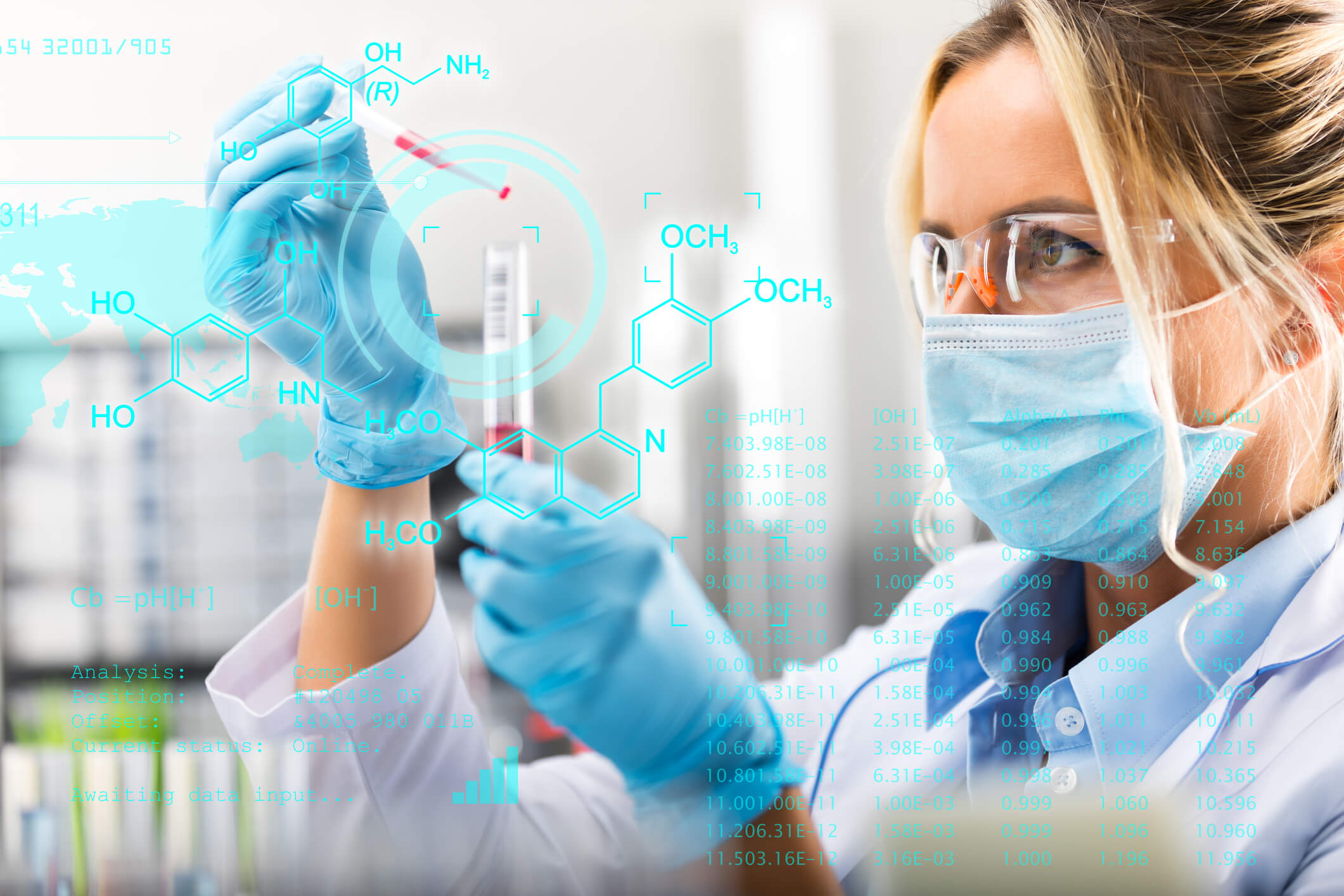Pharmaceutical Process Development
Overall Course Objectives
1. Explain the basis for current and most importantly, future pharmaceutical production processes (small and large molecules, generics and biosimilars) and their development.
2. Describe the principles of the QbD/PAT philosophy as defined by FDA, as well as LEAN and GMP.
See course description in Danish
Learning Objectives
- Describe the production process for typical small-molecule pharmaceuticals.
- Describe the production process for typical biopharmaceuticals.
- Explain the principles of QbD and PAT
- Describe the development process and ‘life-cycle’ of a new pharmaceutical.
- Describe the latest developments in the field of pharmaceutical development and production processes.
- Explain the principles of LEAN manufacturing.
- Describe the different classes of pharmaceutical, biopharmaceutical, biosimilars and generics.
- Explain the principles of GMP manufacturing
Course Content
Introduction – future pharmaceuticals with increased complexity; trend towards therapeutic proteins; trend towards continuous processes based on FDA requirements; Small molecule production – future pharmaceutical production, including semi-synthetic approaches (fermentation and biocatalysis) and continuous processes as well as technologies for improved sustainability; Biopharmaceutical production – future biopharmaceutical production, including fermentation, cell culture, antibody processing and downstream processing and single use technology, alternative hosts; Protein and peptide modification; Antibody-drug conjugates; Process Development – pharmaceutical process development paradigms, including F3; PAT and QbD: Process Analytical Technology (PAT) and Quality-by-Design (QbD), GMP, LEAN.
Teaching Method
Lectures, exercises and group work



